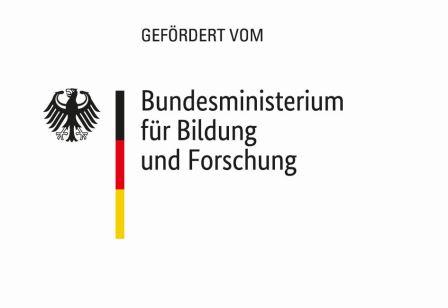The tracker for trace compounds is a cloud-based solution that enables laboratories to evaluate raw data from non-target analytical devices for a single laboratory or across laboratories. The cloud workflow with machine learning from the non-target data provides additional benefits in identifying trace substances, tracing their origin and saving time in the daily routine in the laboratory.
Surface waters are an important resource for drinking water, directly or indirectly via infiltrate or bankfiltrate. At the same time, surface waters are constantly exposed to a large number of emissions of trace substances. Only a fraction of the total emission is currently be identified. Therefore, dischargers often remain undiscovered. The development of non-target analysis for the detection of organic trace substances, that has taken place in recent years, opens the opportunity to detect previously unknown or ignored substances. This means that even the slightest change to a water sample will be detected. This creates the basis for further investigations and, if necessary, countermeasures. For non-target screening, complex analytical procedures including chromatographic separation methods coupled with high-resolution mass spectrometry (LC-HRMS) are initially required.
The amount of data generated by non-target analysis range in the field of 1 to 2 GB per sample. Therefore, a widespread use of non-target analysis is hindered by a lack of an efficient evaluation procedure. The result of the K2I project is a cloud-based demonstrator for the internal and cross-laboratory evaluation of non-target analysis data. The demonstrator consists of several modules that can be operated manually one after the other by a trained specialist. The proof of concept was carried out on a basis of 4,800 analyses under practical conditions in consideration of laboratories of the waterworks. The development status of the demonstrator is Technology Readiness Level (TRL) 5 in terms of usability by users and 3 to 4 in terms of evaluation by artificial intelligence.
The results obtained with the demonstrator in the K2I project suggest that an upgrade appears desirable and promising, so that the cloud-based evaluation tool can be applied in routine operation.

![[Translate to English:] Prüfstelle-Produktprüfung_Teststand Test centre and product testing](/fileadmin/_processed_/0/9/csm_TZW-Karlsruhe_Pruefung_Geraete-Teststand_377188946c.jpg)
























